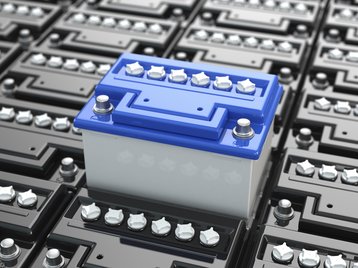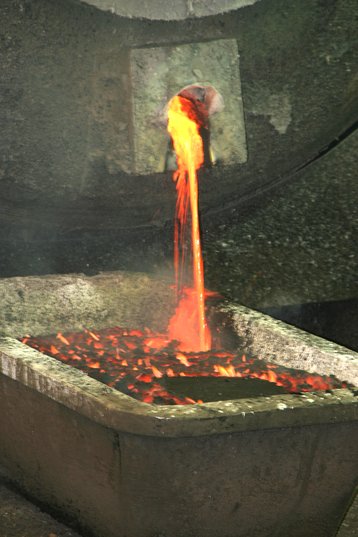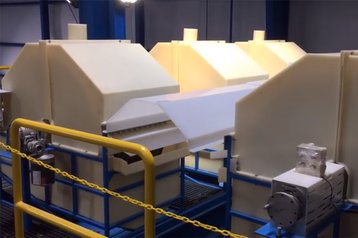Data center sustainability – or “the green Internet” – is top of mind for major corporations lately. From Google to Amazon and beyond, trends like low-carbon, renewable, efficient energy use, and even the harnessing of waste heat, are making headlines.
Data center professionals also feel pressure from consumers. Environmentally-friendly practices are becoming business as usual. Greenpeace’s annual “Click Clean Report”, for example, ranks Internet companies on their progress toward full sustainability – and it’s a competitive playing field.
What most data centers are missing, however, is a plan for recycling the industry’s largest waste stream: batteries.
Lead-acid batteries are worth money
Data center energy use is growing and most data centers have enough batteries for large amounts of energy storage to keep the site live during a power outage, until backup diesel generators fire up. As data centers expand, we are adding new batteries, and any organization with green goals should want to choose a sustainable battery. What makes a battery sustainable?
First, a battery is sustainable if there’s little need to mine new materials to make it. Second, a battery must be almost entirely recyclable – in other words, the burden of waste management must be low. Finally, recycling itself has to be profitable – it cannot be an idealistic pet project. At the end of the day, if sustainability is not profitable, companies leave sustainability initiatives on the cutting room floor.
Smelting is a Bronze Age technology, which is among the world’s most polluting industries. But today, lead can be recycled in a water-based process
The big risk for internet companies is that they may think that in order to be sustainable, they need to shortchange themselves by handing over valuable spent battery cores as a “trade in” for new batteries. This is not the case. If a company uses lead-acid batteries in its facility, the spent battery cores can be sold to recyclers at great benefit to the bottom line. Missing this opportunity is a double blow, both to earnings and sustainability metrics.
Lithium-ion is not recyclable
Lithium-ion batteries have been proposed for data centers, but this is the wrong route for a number of reasons. Today, there is no cost-effective way to recycle lithium-ion batteries. Though they may work for years, they have no long-term sustainability benefits because at the end of their life they are bound for the landfill, and their toxic components put communities at risk. It’s a dirty secret in the battery industry that no viable recycling process exists for lithium-ion batteries, and no meaningful improvements are likely by the time today’s generation of lithium-ion batteries is ready for the landfill. Instead of being a totally recyclable, reusable energy source, they are largely a waste management headache.
In contrast, lead-acid batteries are nearly 100 percent recyclable. Today, lead is recycled at a rate of around 99 percent. Further, everyone profits – lead-acid battery recycling is a for-profit business on a global level – about a $22 billion industry for recycling and $65 billion industry for lead-acid batteries overall.
Lead recycling, though, has earned a bad reputation due to the traditional method used to process spent batteries: smelting. Smelting is a Bronze Age technology and is often ranked among the world’s most polluting industries. But today, lead can be recycled in a water-based process.
A better lead recycling process
AquaRefining [developed by Aqua Metals - Editor] is a modern hydrometallurgical process, replacing the pyrometallurgical process of smelting, largely eliminating air and water pollution and ensuring that workers never come into contact with lead. Lead-acid batteries can now be recycled fully without off-gassing or toxic waste that besmirched lead recycling in the past.
The process delivers high quality lead which is purer than lead from a mine, opening the tdoor to future innovations in lead-acid battery chemistry and the potential for lead-acid batteries with higher energy densities, cycle rates and lower costs per kilowatt hour of energy storage.
Data centers are now in a position to store the energy they need while eliminating the risk of environmental harm from battery disposal and recycling. Keeping sustainability in mind, data centers can cleanly recycle their lead-acid batteries and bring their environmental goals to fruition.
Steve Cotton is the chief commercial officer of Aqua Metals, creator of the AquaRefining process. Aqua has opened a refinery in the Nevada desert designed to recycle lead batteries cleanly on an industrial scale.
Previously, Cotton ran data center battery specialist Data Power Monitoring Corp / IntelliBatt (now Canara)




